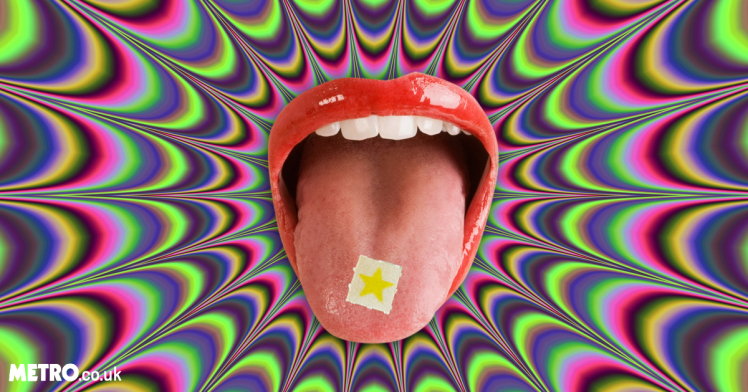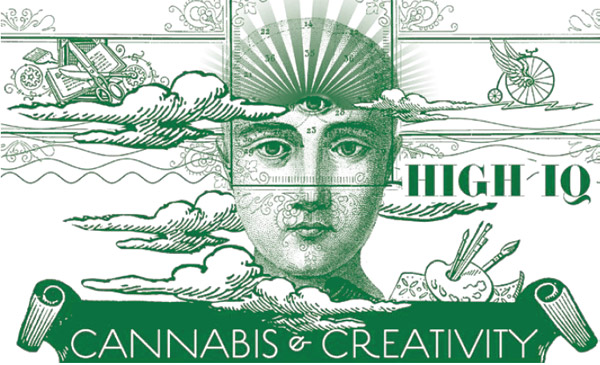NEUROSCIENCE + ART
The relationship between neuroscience and art is quite intriguing. They go hand in hand. I believe that without neuroscience, or more specifically the brain, would be no art. There would be no creativity. In this week’s lesson we brought light to the significant role in which neuroscience plays in relation to art. In my opinion the most interesting section of this week’s lesson was the effects of certains drugs on the brain and the way in which they create art.
 The term that is now being used to describe the meshing of neuroscience and art is “neuroaesthetics”. As obvious as it is, we all know that art creation and perception comes from the brain and certain things can trigger that such as drugs. I found that Professor Vesna’s talk about different the drugs including, LSD & cocaine, and their effects in lecture was very interesting because it is fascinating how these drugs can make us create art out of our everyday surroundings. For example, the effects of LSD include delusions and visual hallucinations. This is where art comes in. While on LSD, you hallucinate, and things like creation of shapes, distorment of objects and brightening of colors, occur. People have said that it is like looking at a brand new world through a window or lense. The use of these drugs sometimes makes sense because they stimulate creativity. I have an older friend who gets high off of marijuana because it stimulates his creativity and he writes music.
The term that is now being used to describe the meshing of neuroscience and art is “neuroaesthetics”. As obvious as it is, we all know that art creation and perception comes from the brain and certain things can trigger that such as drugs. I found that Professor Vesna’s talk about different the drugs including, LSD & cocaine, and their effects in lecture was very interesting because it is fascinating how these drugs can make us create art out of our everyday surroundings. For example, the effects of LSD include delusions and visual hallucinations. This is where art comes in. While on LSD, you hallucinate, and things like creation of shapes, distorment of objects and brightening of colors, occur. People have said that it is like looking at a brand new world through a window or lense. The use of these drugs sometimes makes sense because they stimulate creativity. I have an older friend who gets high off of marijuana because it stimulates his creativity and he writes music.

LSD affects parts of the brain such as your dopamine receptors, adrenergic receptors, glutamate receptors and some serotonin receptors. When LSD gets trapped inside of these receptors, it causes you to continuously hallucinate for up to 15 hours. This is where the “trippy” experience comes from.
"Watch Truth About Drugs Documentary Video & Learn About Substance Addiction. Get The Facts About Painkillers, Marijuana, Cocaine, Meth & Other Illegal Drugs." Foundation for a Drug-Free World. N.p., n.d. Web. 21 May 2017.
"Similar Neuroscience Art Keywords." Keyword Suggests. N.p., n.d. Web. 21 May 2017.
Uconlineprogram. "Neuroscience pt3." YouTube. YouTube, 16 May 2012. Web. 21 May 2017.
"How LSD affects the brain and creates its trippy effect." New Scientist. N.p., n.d. Web. 21 May 2017.
"First LSD Experience (trip report)." YouTube. YouTube, 26 Dec. 2015. Web. 21 May 2017.
In my blog I also discussed how marijuana is believed to make individuals more creative. Many artists use it to enhance their creative process, so your explanation that mind-altering drugs, such as LSD, allow us to create art out of our everyday surroundings. You made a good point that without your brain there would be no creativity. It encapsulates how intertwined neuroscience and creativity are.
ReplyDeleteI also find this topic interesting because I wonder how much these artists feel that they need these drugs to create good artwork after using it and having success. I understand that different kinds of art can be produced while lucid or while on drugs like cocaine, marijuana, or LSD, but I also think that by praising this type of artwork that is produced while using these illegal drugs can lead to detrimental effects on these artists' lives.
ReplyDelete